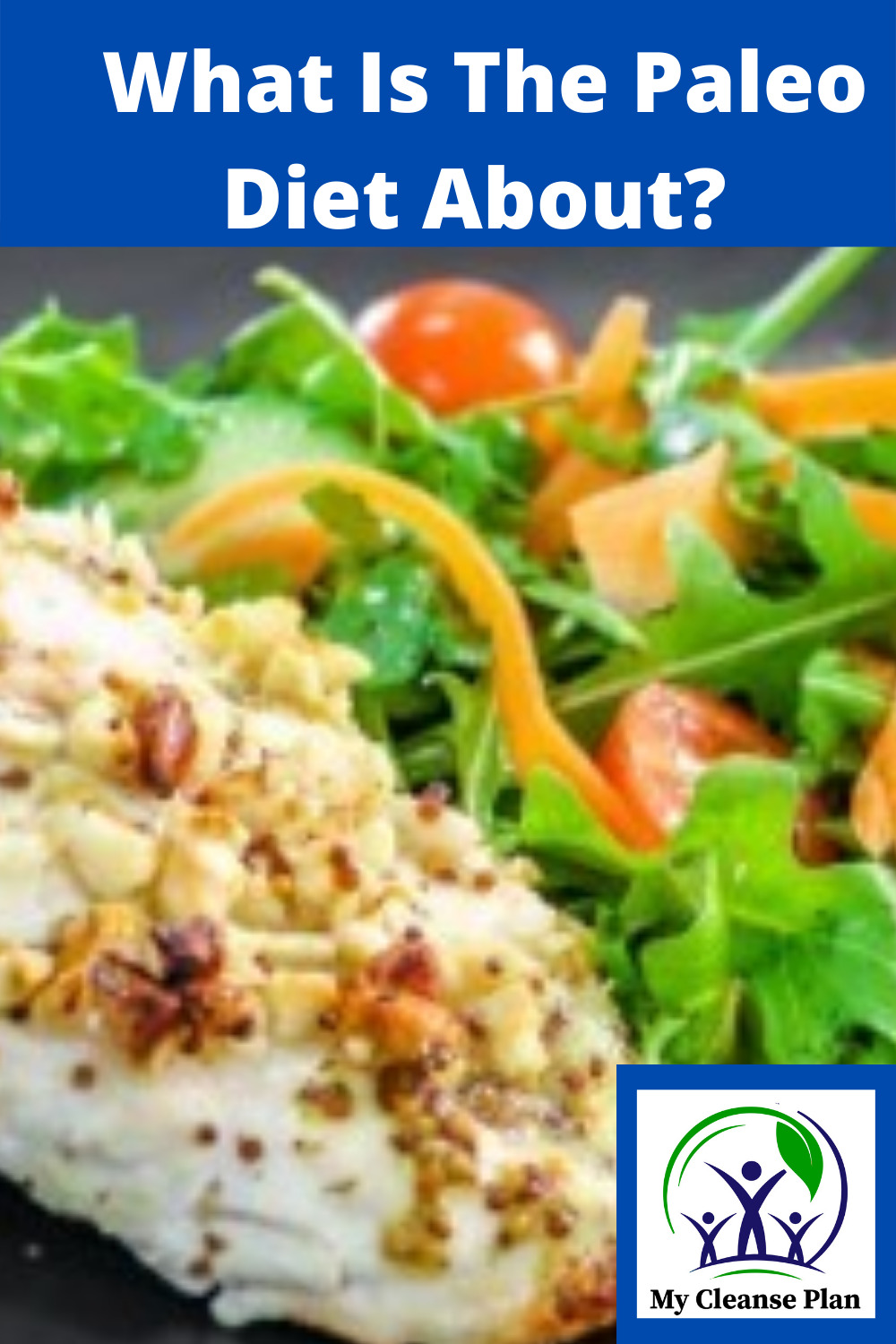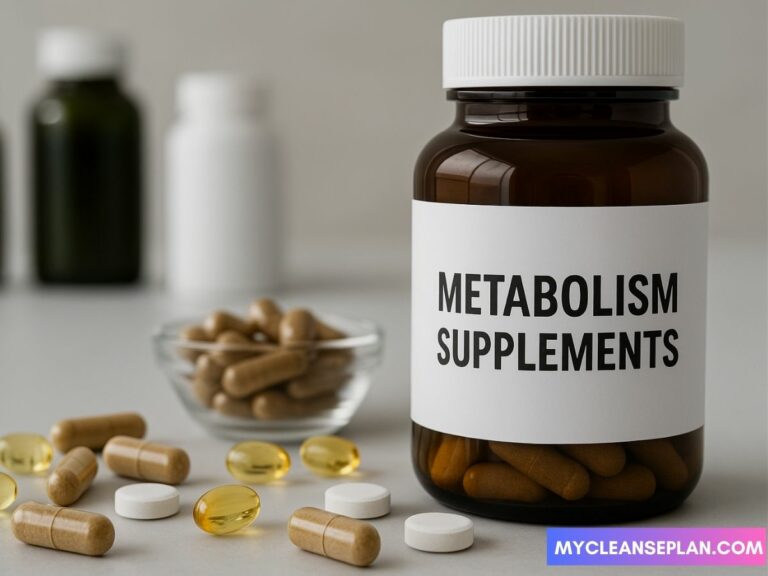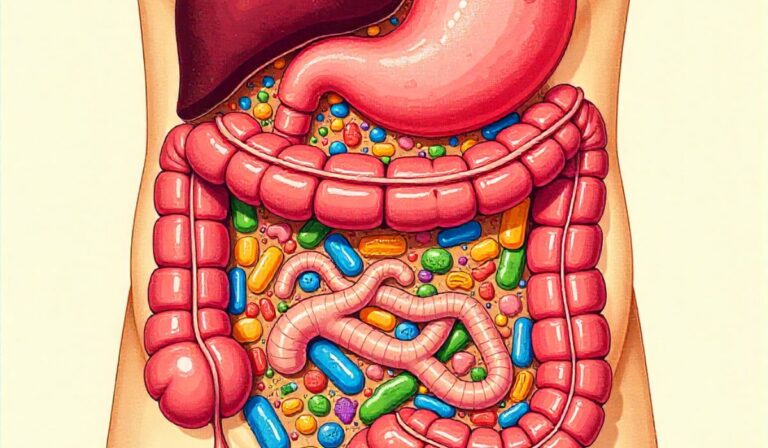What Is The Paleo Diet About? Does Paleo Work?
Since you have been looking for different ways of losing weight, it is most likely that you came across the Paleo diet.
Perhaps you’ve heard of its benefits but don’t really understand what it is or why everyone is talking about it.
Fortunately, we did some research for you and came up with all the information you need to know about the Paleo diet. Before we go into many details, let’s first discuss what Paleo Diet entails and how it can help solve your weight issues.
The Theory Behind the Paleo Diet
There are many reasons why the Paleo Diet has been trending as one of the best ways to lose weight.
Although it has stricter rules than any other diet, people who have used it for some time have achieved significant results because of the theory behind it. So, what is it all about? Is it worth trying?
Paleo Diet is also referred to as the Caveman Diet or the Stone Age Diet. As the name suggests, it is a diet that mimics what our prehistoric ancestors used to eat because it contains large amounts of fiber and protein.
It requires regular exercise and following a strict diet that improves your health by eliminating processed and high-fat foods. These have too many calories or little nutritional value.
This diet ensures that you will be loading up on vegetables and fruits. They contain a large content of healthy vitamins, dietary fiber, and minerals. This will reduce your intake of foods with high-fat content.
How Does It Work?
The Paleo diet is considered to be one of the healthiest eating plans available because it produces long-term effects on the body.
It works by speeding up the rate of metabolism. Weight loss because the diet is rich in monounsaturated fats, proteins, and healthy omega-3 fatty acids.
Unlike carbohydrates, proteins help to control your appetite and provide more satiety which promotes weight loss. After some time, you will start losing weight because your body will burn more calories than the ones you consume.
This can only happen if you have an idea of what foods to eat and to avoid while creating a consistent plan that will allow you to follow the diet strictly.
What Foods Should I Eat On The Paleo Diet?
If you want to try out the Paleo diet, it is important to prioritize natural foods because it contains fewer processed foods.
Recommendations on what to eat may vary among commercial Paleo diets. Some diets contain stricter rules and guidelines compared to others.
Generally, some of the foods you should eat on the Paleo diet include fruits, eggs, vegetables, nuts and seeds, fish, lean meats, and oils.
- Fruits and Vegetables
Vegetables and fruits are full of dietary fiber, rich minerals, antioxidants, and vitamins.
The only problem is that some fruits contain large amounts of sugar such as bananas. Then other vegetables such as potatoes are known to be starchy.
If you are watching your blood sugar level or you are trying to lose weight then you should consider eating these in moderation.
- Nuts, Seeds, and Healthy Oils
Nuts and seeds are known to be full of proteins, fiber, and healthy fats. Furthermore, they were forged in the ancient days which makes it a great deal to include them in your Paleo cart.
The main reason why oils are allowed in the Paleo diet is that they contain a high content of alpha-linolenic acid (ALA). It is a type of omega-3 fatty acid that reduces inflammations and guarantees a healthy heart. Some oils that are gathered directly from the plant include macadamia, flaxseed, walnut, olive, and coconut oils.
- Meat and Seafood
Lean meat is a great source of proteins and protein is the major building block of tissues and cells in your body.
Eating foods rich in proteins keeps you full and the Paleo diet recommends grass-fed meat because it is leaner compared to grain-fed animals.
The Paleo diet also emphasizes seafood such as albacore tuna, mackerel, and salmon because they contain a high percentage of omega-3 fatty acids.
- Eggs
The Paleo diet is also comprised of eggs because they contain a large number of proteins, minerals, antioxidants, and vitamins.
They are also cost-friendly and easy to prepare when you are rushing to work or you have other things to do. We recommend buying “cage-free” or “organic” eggs because they contain larger amounts of omega-3 fatty acids compared to the eggs from chickens that were raised in cages.
What Foods Should I Avoid On The Paleo Diet?
As we mentioned earlier, the Paleo diet follows stricter rules compared to other types of diets you may have come across.
Despite the wide variety of foods you can eat, there are some which we do not recommend the Paleo diet. Some of these foods include; Refined vegetable oils, processed foods, legumes, cereal grains, refined sugar, and artificial sweeteners.
- Processed foods
Processed foods come in a wide variety and it is not only associated with burgers and meat pies.
Other types of processed foods include refined vegetable oils, refined sugar, excess salt, and artificial sweeteners. These are foods that our ancestors never had on their table and the modern Paleo diet shouldn’t have them either.
The scientific community argues that excess salty and refined sugars significantly contribute to heart disease, high blood pressure, and obesity.
The Paleo diet does not allow the consumption of canola oils, safflower, or corn because they contain an unhealthy ratio of omega-3 to omega-6 fatty acids.
Another reason is that they are processed in a different manner compared to other natural oils. Artificial Sweeteners can cause a higher craving for sugary foods which can lead to weight gains.
- Grains
If you want to get it right with the Paleo diet, then you will have to put away all the crackers, cereals, bread, pasta, rice, and beer.
All grains are not allowed on the Paleo diet because they are a product of modern agriculture. They also have the ability to spike up your blood sugar the fact that they are rich in carbohydrates.
However, whole grains are quite different from refined grains and they do not spike your blood sugar levels in the same manner.
Despite the difference, Paleo dieters still shun away all grains because they are made up of different compounds and proteins such as lectins, gluten, and phytates. These are some of the elements that block the absorption of other nutrients and cause inflammation in the body.
- Legumes
Legumes are categorized under a large family of plants that have a pod or a seed. This category is composed of peas, beans, tofu, lentils, peanuts, and other soy foods.
The main reason why the Paleo diet doesn’t allow you to consume legumes is that they contain a high content of phytic acid and lectins. It creates a controversial point in the scientific community similar to grains.
A lot of research supports the consumption of legumes because they contain little amounts of fat and are rich in proteins, iron, and fiber.

Dairy and Starchy Vegetables
A strict Paleo diet doesn’t allow the consumption of dairy products, starchy vegetables, and fruits that contain high sugar.
However, some Paleo dieters say that you can take dairy mostly grass-fed simply because they are rich in omega-3s (e.g. grass-fed butter). Fermented dairy products can also be taken in moderation because they contain little amounts of casein and lactose.
High sugar fruits such as bananas and starchy vegetables such as squash, beets, and potatoes can only be taken in moderation. This is because they can spike your blood sugar and increase your weight if taken in large quantities.
What to Drink When You Are Thirsty
It is very hard to go a day without consuming any fluids because your body will become dehydrated.
Water should be your go-to beverage when it comes to hydration on the Paleo diet.
Tea and Coffee are not exactly Paleo although most people consume them anyway. Green tea is best because it contains antioxidants and other beneficial compounds. Coffee has numerous health benefits for the body and also contains antioxidants.
The Benefits of the Paleo Diet
There are many benefits that come with performing regular exercises and following the Paleo diet strictly as recommended.
This diet has the ability to improve your workouts, help with weight loss, and reduce inflammation. It is also known to stabilize blood sugar, increase energy, and minimize the risk of chronic illnesses in your body.
The Paleo diet is a well-rounded diet because it focuses on decreasing the consumption of processed foods while increasing the intake of fruits and vegetables, healthy fats, lean proteins, and whole foods.
With this type of diet, you will be able to overcome chronic illnesses such as heart disease, obesity, and cancer.
Explore Also:
Creativehouseblog
Dietsheriff
Gigasecurehome
Final Thoughts
If you are considering getting yourself into the Paleo diet, you should be ready to sacrifice some of the foods associated with weight gain.
Most experts recommend regular exercise as part of the plan because it helps you shed some weight while maintaining a healthy diet. Lastly, consistency is the key if you want to achieve impressive results with the Paleo Diet.
One thing that I recommend, before starting any diet, make you do your own research and discuss any concerns with your doctor.
To help you with your research, there are several good books available on Amazon.
Here is a PIN you can share with your friends on Pinterest:










![How Urban Living Impacts Your Gut Microbiome[1]](https://mycleanseplan.com/wp-content/uploads/2025/10/How_Urban_Living_Impacts_Your_Gut_Microbiome1-768x448.jpg)


